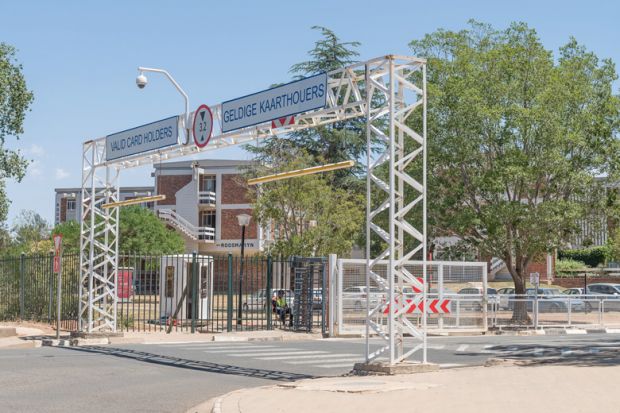Global higher education access targets are likely to be missed, according to a study that found that women are at the back of the queue when university enrolment widens in the developing world.
An analysis of higher education participation rates in 35 countries in South Asia and sub-Saharan Africa by University of Cambridge researchers detected “extremely low” rates for under-25s in almost all of them: below 10 per cent in 31 of the countries, and below 5 per cent in 20.
Drawing on US-funded Demographic and Health Surveys conducted between 2007 and 2014, Sonia Ilie and Pauline Rose found that enrolment was generally lowest in sub-Saharan Africa, with participation among the young below 2 per cent in countries including Malawi, Mozambique, Niger, Rwanda and Tanzania.
However, average attendance rates mask “vast differences” in participation between the poorest and richest in each country, write Dr Ilie and Professor Rose in the journal Higher Education. There are five countries where the number of poor young people going to university is “not statistically different from zero” : Burkina Faso, Liberia, Malawi, São Tomé and Príncipe, and Tanzania.
More than 5 per cent of the poorest half of young people went to university in only four of the 35 countries – Comoros, Bangladesh, Nepal and Pakistan – and, even in these nations, richer citizens were three to five times more likely to enrol.
Dr Ilie and Professor Rose find that the overall access trend for poorer young people over the past 40 years has been “one of stagnation”. It is richer people who have benefited the most, although this has often been relatively gradual: participation rates are estimated to have increased by fewer than 5 percentage points in 22 of the 35 countries.
Given that the gap in participation between rich and poor “has, if anything, widened over time”, Dr Ilie and Professor Rose write that the chances of meeting the goal of equal university access for all women and men by 2030, set out in the United Nations’ Sustainable Development Goals, seem “remote”.
The prospects for women are particularly concerning, add Dr Ilie and Professor Rose. They find that, in countries where access is restricted to a very small proportion of under-25s overall, the difference in participation between men and women is small.
However, in 24 of the 30 countries where at least some of the poorest are enrolled, poor young women were the least likely to enter university and, in 15, rich men were the most likely to. In Guinea, the paper says, fewer than 0.1 per cent of poor young women enrol, compared with 1.1 per cent of poor young men and 15 per cent of rich young men.
Professor Rose told Times Higher Education that “wide inequalities will remain” until standards of primary and secondary schooling are significantly improved.
“Despite recent expansion in higher education in African countries, the evidence shows that the poorest young people in African countries are very rarely getting access,” Professor Rose said. “As higher education expands, there is also some evidence to suggest that gaps in access to higher education between young women and men widen in these countries.
“Public spending needs to focus on the parts of the education system where inequalities begin, in primary and secondary schooling.”
POSTSCRIPT:
Print headline: Access targets ‘set to be missed’ across swathes of developing world
Register to continue
Why register?
- Registration is free and only takes a moment
- Once registered, you can read 3 articles a month
- Sign up for our newsletter
Subscribe
Or subscribe for unlimited access to:
- Unlimited access to news, views, insights & reviews
- Digital editions
- Digital access to THE’s university and college rankings analysis
Already registered or a current subscriber? Login








